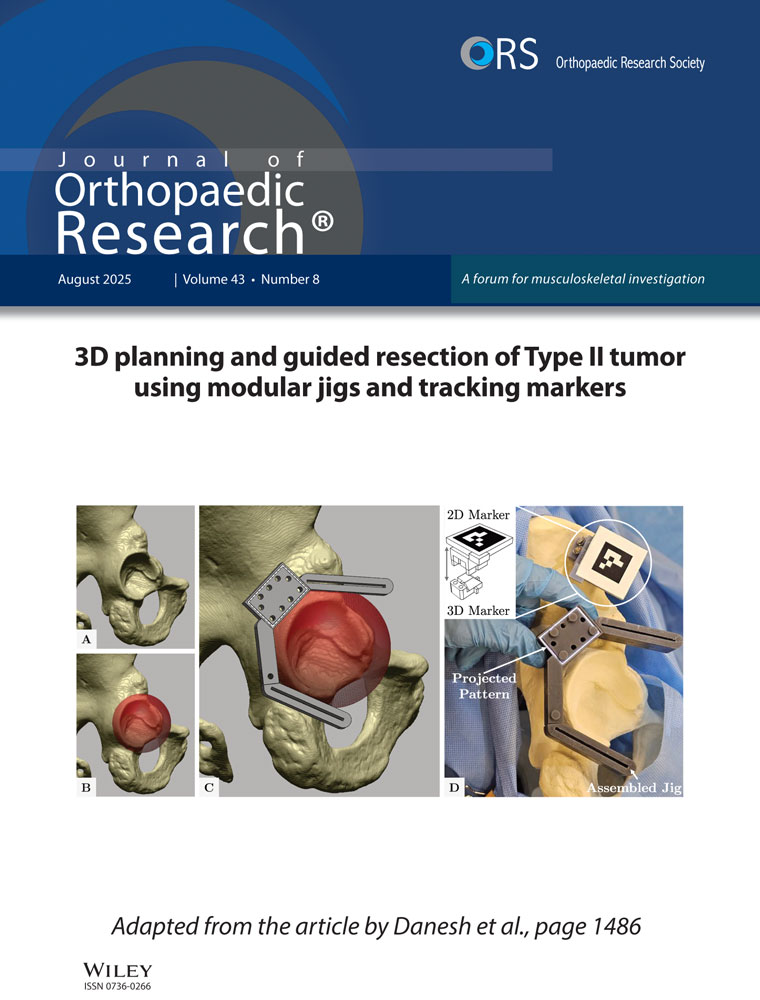Late-preconditioning protection is evident in the microcirculation of denervated skeletal muscle
Abstract
We investigated whether ischemic preconditioning induces microvascular protection in skeletal muscle at the late phase (after 24 hours) when the same muscles are subjected to prolonged warm global ischemia. The cremaster muscle of the male Sprague-Dawley rat underwent vascular isolation and was subjected to 4 hours of ischemia and 60 minutes of reperfusion. Early preconditioning consisted of 45 minutes of ischemia followed by 15 minutes of reperfusion before prolonged ischemia/reperfusion; late preconditioning also consisted of 45 minutes of ischemia but was done 24 hours (24-hour period of reperfusion) before the prolonged ischemia/reperfusion. Arteriole diameters and capillary perfusion were measured with use of intravital microscopy. Four groups were compared: rats that underwent early preconditioning, their controls, rats that underwent late preconditioning, and their controls. Early and late preconditioning significantly attenuated vasospasm and capillary no-reflow compared with the controls for each. Average arteriole diameter was significantly larger in the rats that underwent late preconditioning than in any other rats; it was also significantly larger in the controls for late preconditioning than in those for early preconditioning. We introduce a model of the rat cremaster muscle that has been isolated from its vascular supply as a useful preparation to study the effects of late preconditioning on microcirculation in skeletal muscle. Late preconditioning provided better microvascular protection than did early preconditioning. The mechanism for this preconditioning protection is being investigated because it should provide a means for therapeutic intervention.




